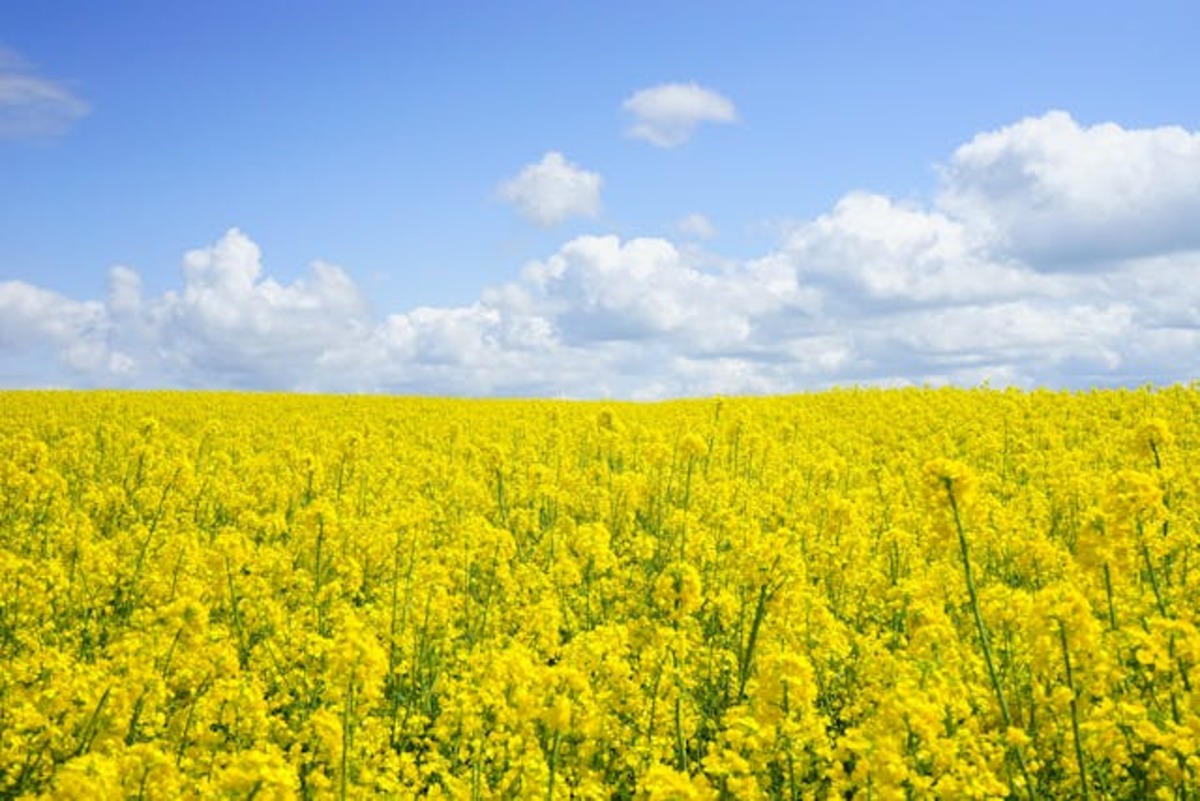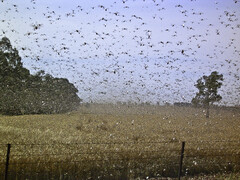Could native vegetation increase crop yields?
Ailish Dwyer
21 February 2025, 6:30 AM
 Image from Pexels.
Image from Pexels. A recent study from the University of South Australia (UniSA) has found that keeping native roadside vegetation near crops of canola and faba bean pods increased pollination rates and lead to more seeds.
UniSA ecologist Associate Professor Sophie Petit says canola beans set near native vegetation, compared to the centre of a field, had up to 20 per cent increase in seeds. Faba beans near native vegetation had 12 per cent higher yield.
First author of the study, PhD student Bianca Amato, said “the results are significant, given the study area has been extensively cleared for agriculture over time, containing less than 13 per cent of native vegetation, and roadside vegetation is often the only habitat for pollinating insects in that region.
“The findings confirm that both fragment and roadside vegetation improve pollination and crop yields. Roadside vegetation plays a strong role but is often threatened by clearance."
But does it mean every farmer across Australia should leave or plant native vegetation to grow in and near their crops?
A Trangie based agronomist said while the study was interesting, it was yet to be trialled in Western New South Wales.
The area that UniSA researchers conducted the study in was south of Minlaton, Yorke Peninsula, South Australia. Minlaton is known as the "barely capital of the world", and like most of the Yorke Peninsula has a dry Mediterranean climate, while most of Central West NSW has a semi-arid climate.
Native vegetation in the study was mostly trees and flowers, including yellow and red mallee, broombush, and black paperbark. Other flowering plants like native cranberry, common fringe myrtle, native fuchsia, holly bush, and rosemary dampiera were also present.
While these plants commonly grow in South Australia, most of the roadside vegetation in areas like Coonmable or Narromine are mostly grasses, which don't host bees and won't increase pollination.
The Trangie-based agronomist said it was widely known that canola and faba beans need pollination.



